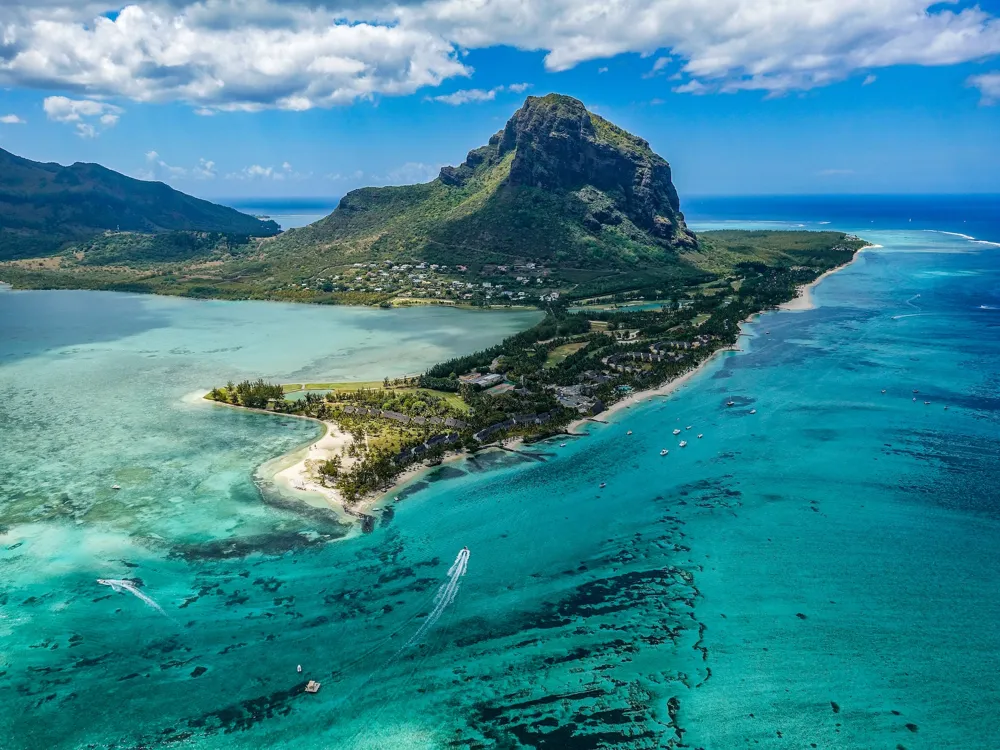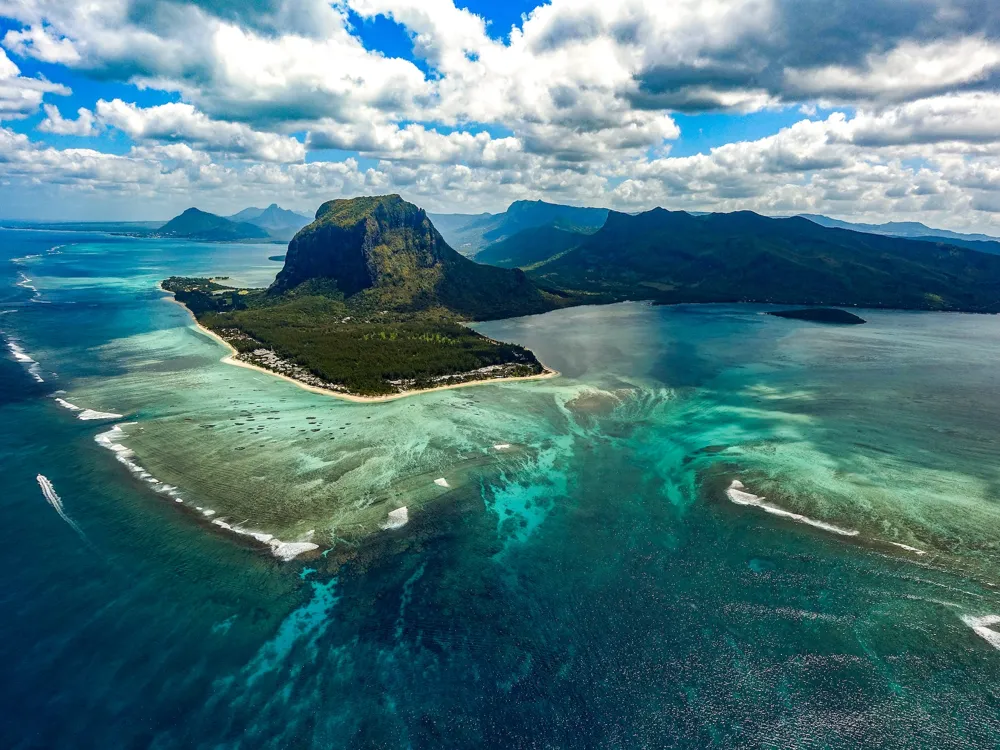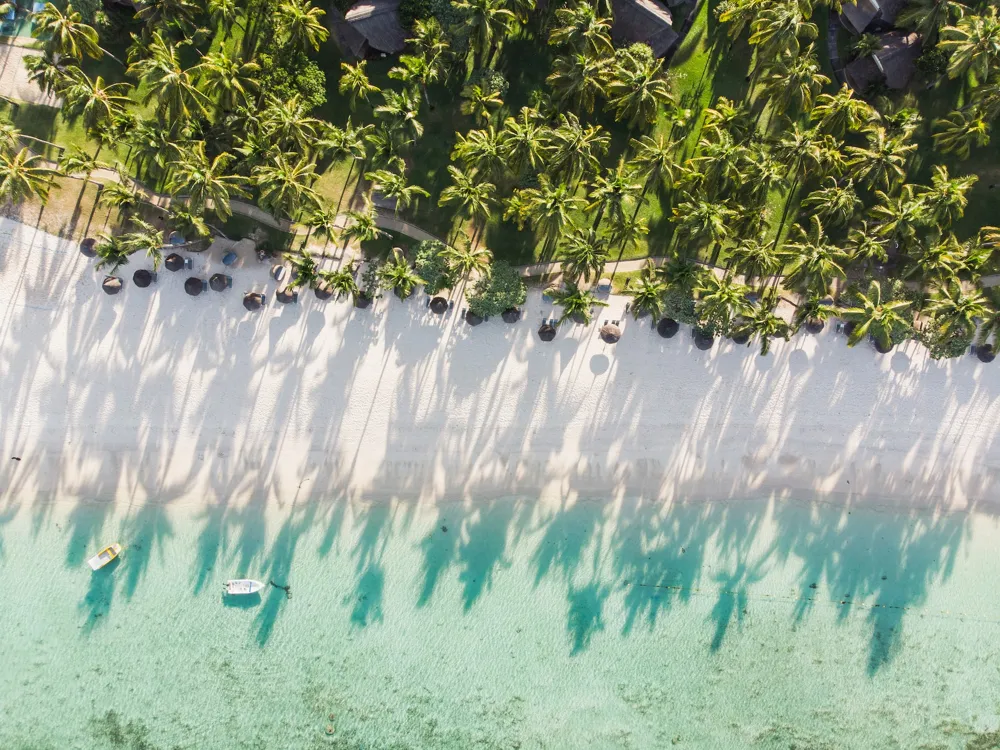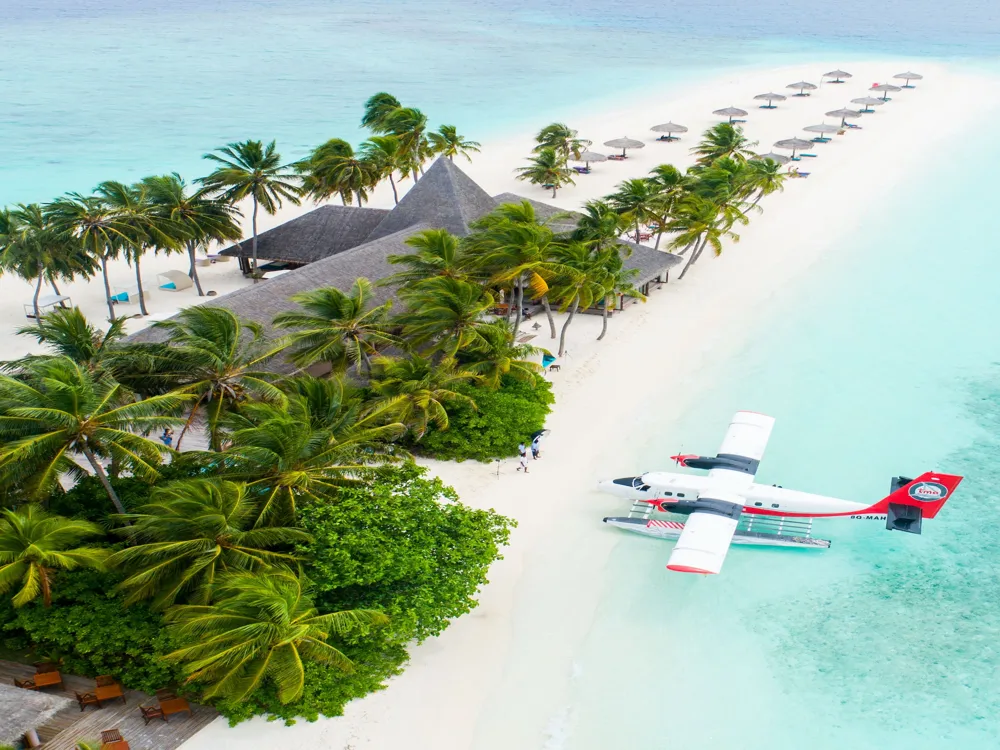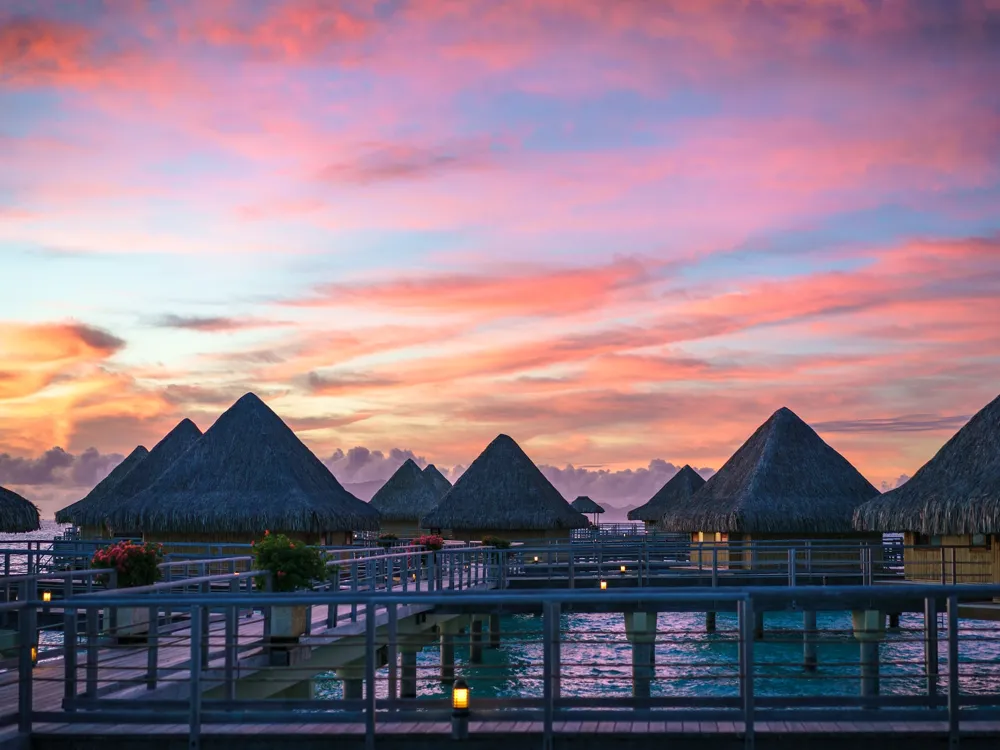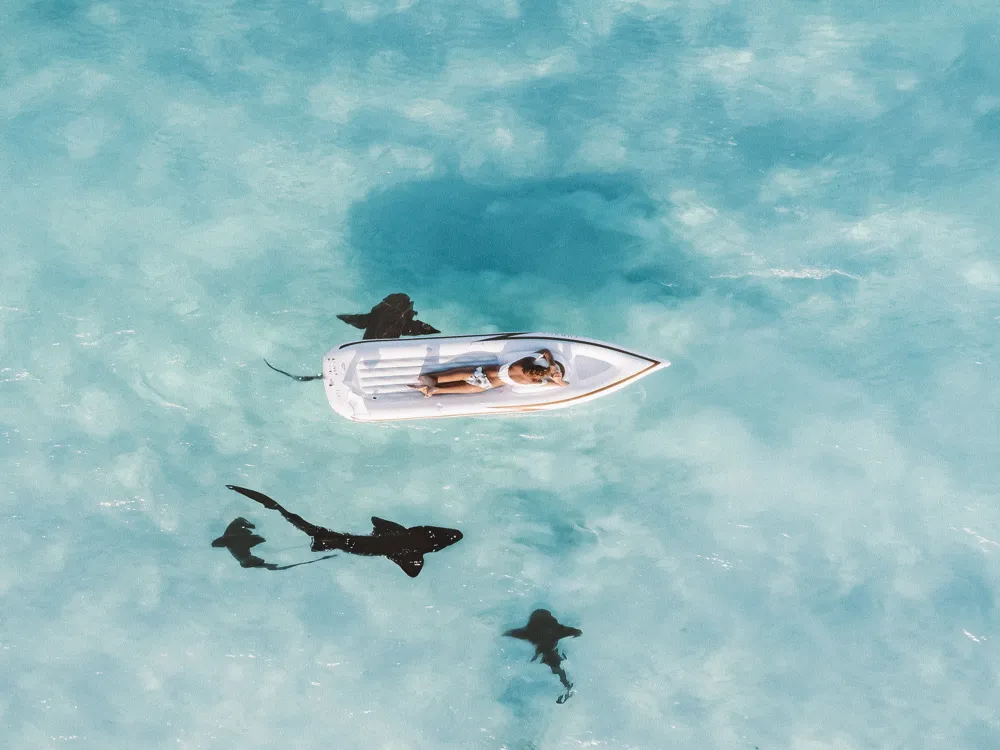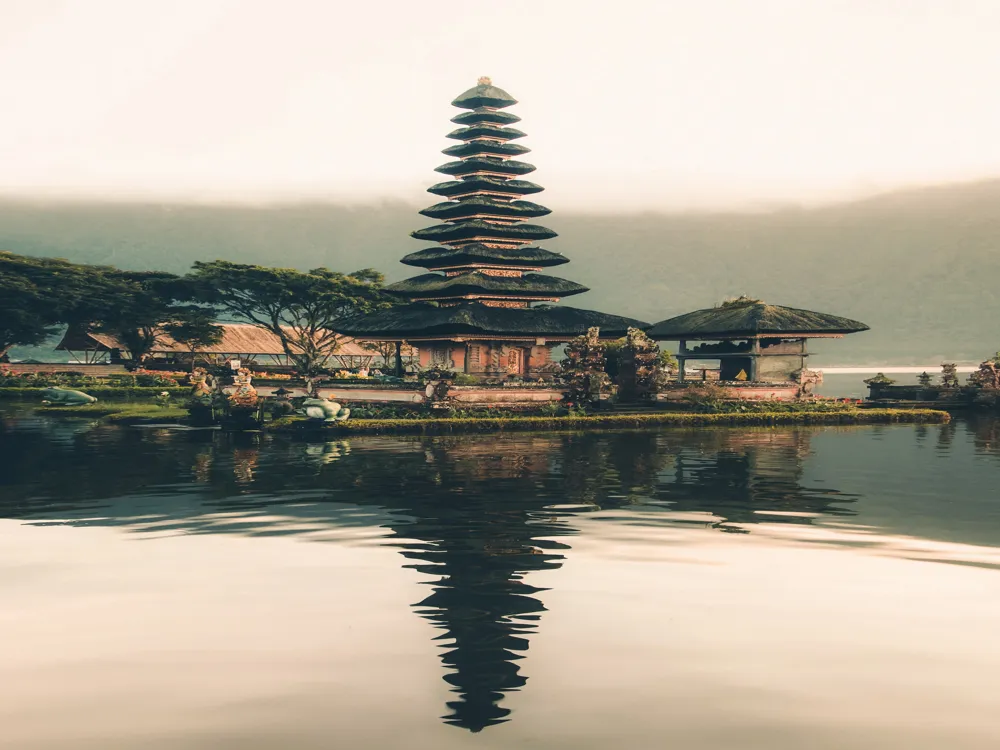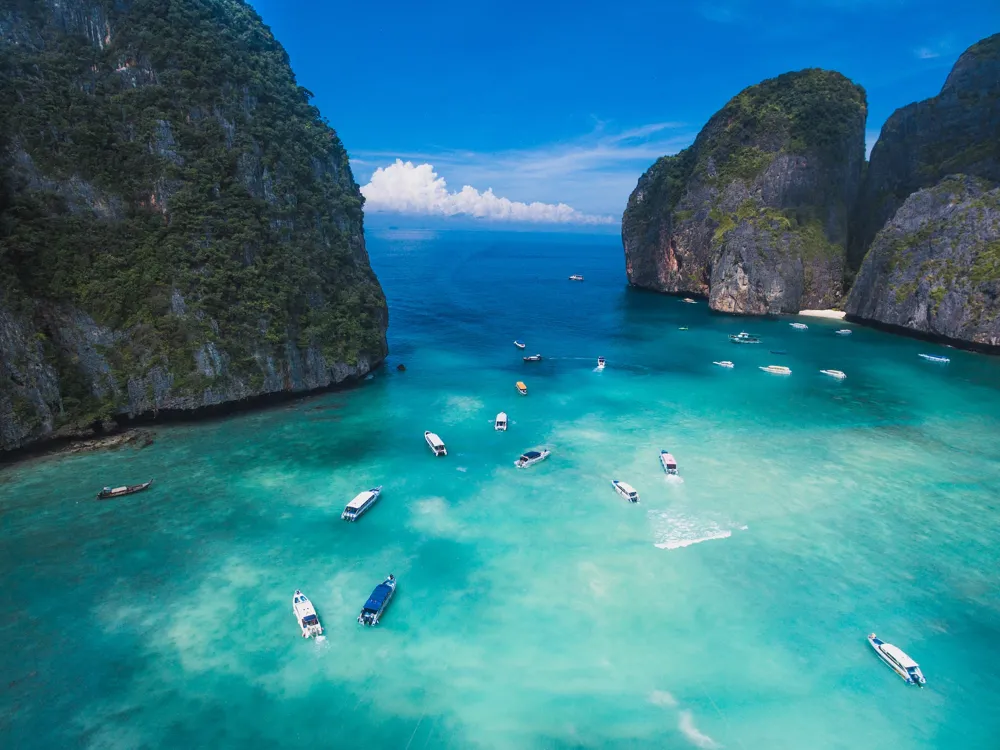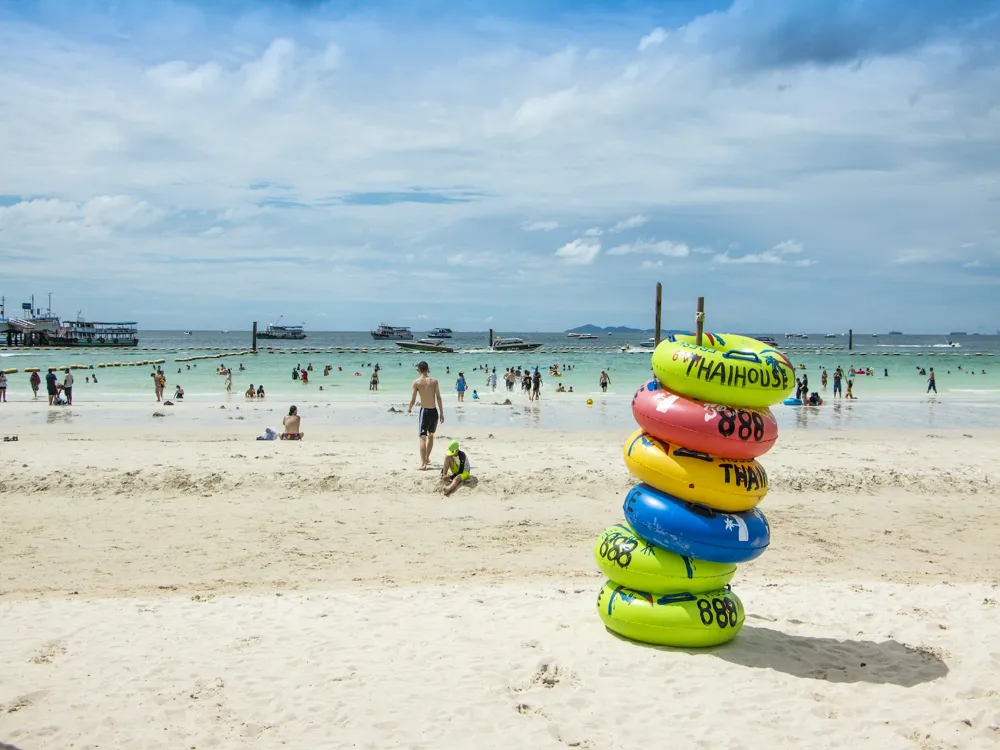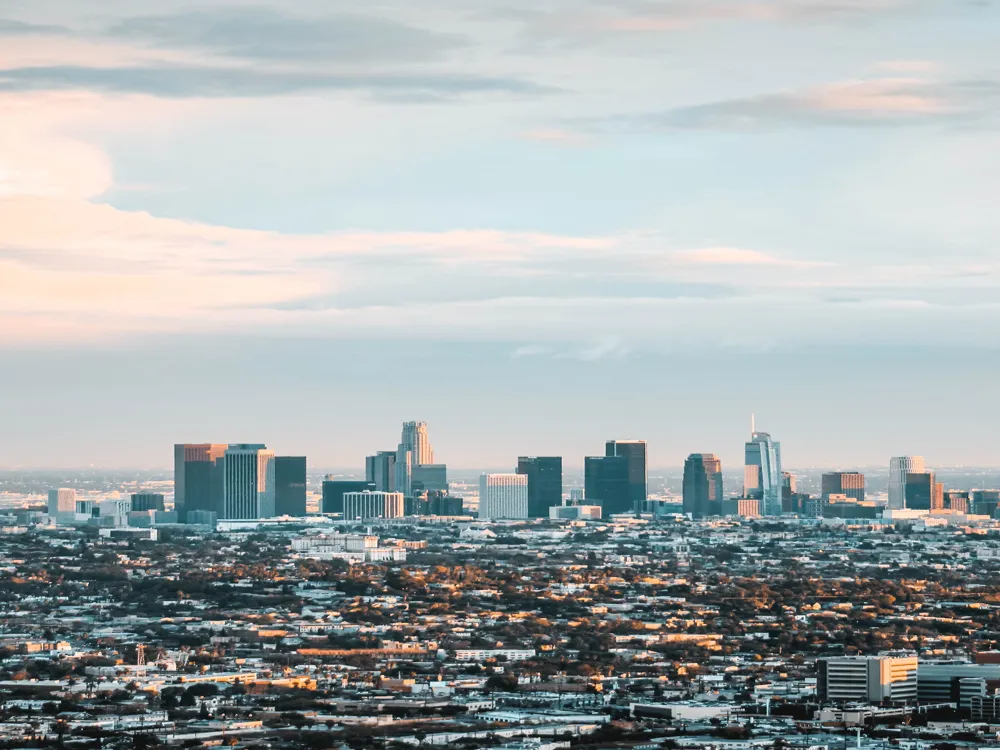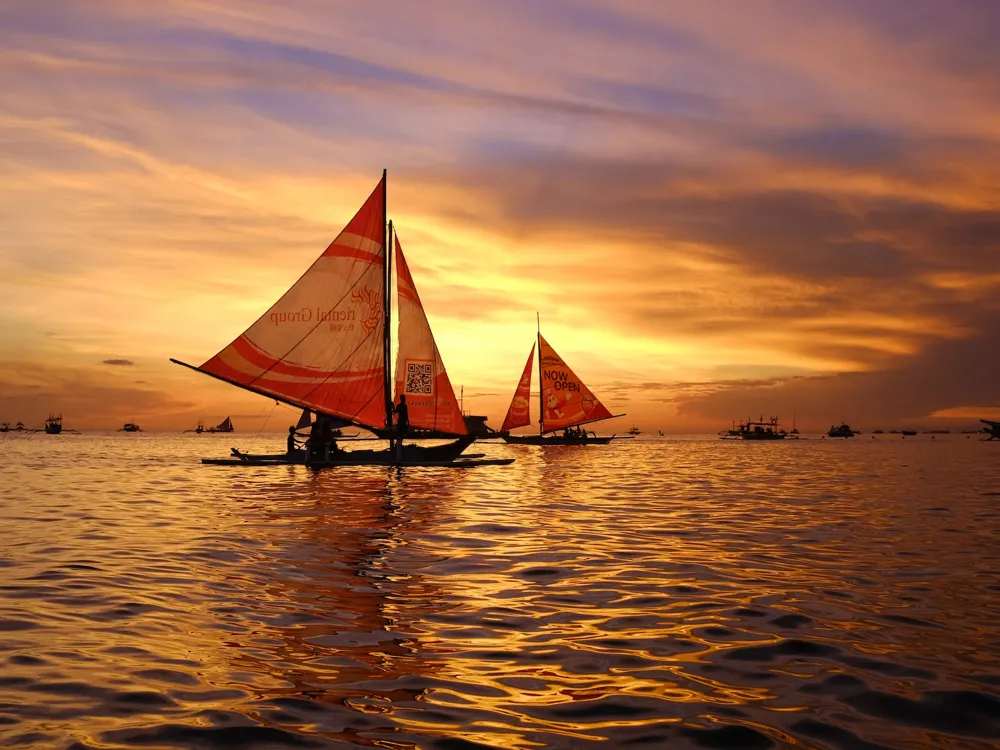Plan Your Travel To Mauritius
Places To Visit In Mauritius
Bois Cheri Tea Plantation
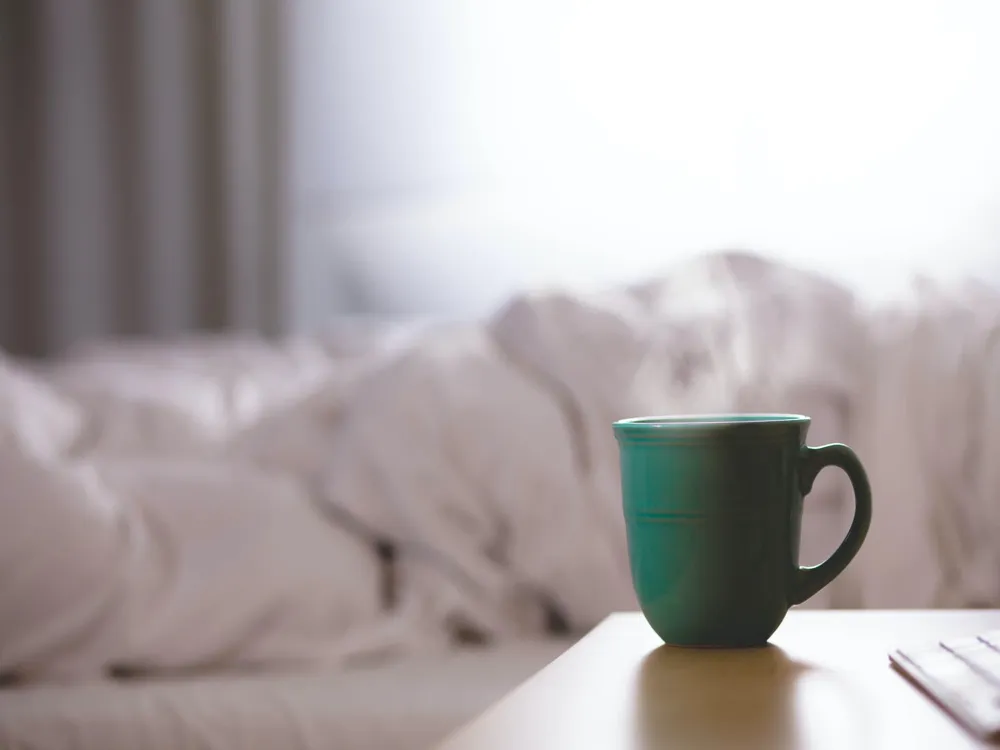
Mauritius has earned its reputation as a wildly popular destination among tourists from different parts of the world as it has a lot to offer than just white beaches and turquoise waters. When your mind would question about what more could you possibly explore in this island, Mauritius will surprise you with experiences you can’t imagine as you dig deeper into its geographical spans. Such is the Bois Cheri Tea Plantation of Mauritius.
Source
As you go towards the southern part of the island, just a few kilometres away from Grand Bassin or Ganga Talao, you will find a village named Bois Cheri. Quite surprisingly, it houses a 250-hectare tea factory and museum which is located in the inner parts of the town. It is reputed as the most extensive tea producing estate of the island along with inhibiting a gourmet restaurant and a Bubble Lodge for accommodation purposes. The view from the lodge is just fantastic as it is situated in the midst of nature.
Brief History
The Bois Cheri Tea Plantation was established in the year 1892, and it defined the Mauritians love for tea. When visiting Bois Cheri, you'll find yourself going through the Tea Route - Bois Cheri being the second stop after Domaine des Aubineaux and right before Saint Aubin. The entire route is an authentic journey into Mauritius? history in tea production. Founders Le Breton and Messrs Bour started the Bois Cheri Company, making it the first large-scale tea plantation in Mauritius which now produces over 700 tonnes of tea each year and 25% of the production is used for exporting.
Museum and Factory
The Bois Cheri tea plantation has become very famous among the visitors as it offers you a tour of the entire property. It begins with the visit to the small museum where you can find information related to the history of tea in Mauritius, and you get to learn a lot about the whole process of tea production and furthermore, you get to see the old machines that were used for tea production.Amidst the exhibition of the old machinery, there is an old train locomotive, and it represents the usage of rails by the British to transport well to different parts of the island. In 1968, after Mauritius gained independence, the locomotive was brought to the tea plantation by the owners, and it was used as a passenger transport between Port Louis and Curepipe for some time before being transformed into a boiler.
Source
There are some small illustrators on the walls of the museum which tell the story of tea in Mauritius right from its arrival to the island from China in 1768, and other explanations regarding how tea is supposed to be planted and harvested along with the actual production. Other sections have facts about the introduction of sugar and milk to tea and benefit of drinking tea. In addition to that, you can also watch a small documentary including all these information.Moving on, you are taken to the tea factory, and with some luck, you can watch the full-fledged tea production and see the machines working in harmony. The production works begin in the morning and go on until the daily workload is done with. The factory is not that big in its dimensions, and yet it has all the necessary machines and processes that are essential for tea production, like drying, wilting and packing. The guide will take you through the entire process in a detailed manner.The Bois Cheri tea factory produces both the black tea and the green tea. A long range of flavoured tea is also produced, namely vanilla tea, cardamom, coconut, bergamot and other exotic fruit flavours. The tour to the museum and the factory head out every 30 minutes, carried out by the very knowledgeable staff members fluent both in English and French.
Tea Tasting in Cafe and Lunch at Le Bois Cheri Restaurant
After you are done with the tour of the factory, you are invited for a tea tasting. It's a 1.7-kilometre drive away from the estate that heads to a cafe. You get a chance to taste all the tea flavours, and you can also choose to buy some eatables like waffles and pancake to enjoy your cup of tea with. The cafe is also home to a small shop from where you can buy the different types of tea and other products from the nearby estates ? candles from Domaine des Aubineaux and rum from Saint Aubin Rum estate.The Le Bois Cheri restaurant stands adjacent to the cafe. It's an indoor seating restaurant with the most soothing panoramic view of the entire southern coast of Mauritius complemented by the endless range of lush green vegetation. The Mauritian style chicken with vanilla tea sauce is a must try the speciality of theirs, and it is the perfect spot to have lunch after the tour of the museum and factory.
Source
A visit to the Bois Cheri Tea Plantation adds a whole other dimension to your visit to Mauritius with its rustic country landscape, the freshness of the tea plantations and enjoy a relaxed time with your friends and family while enjoying the breathtaking coastal views and a cup of the fine Mauritian tea!
Read More
Bras d'Eau National Park
Located in the north-eastern part of the island, Bras d'Eau National Park is one of the three national parks in the country. While Mauritius was born some eight million years ago, it was only some 400 years ago that humans discovered it. Following that, the island was colonised by Dutch, the French and the British. Mauritius' sugarcane industry became the source of livelihood for the inhabitants.
It was during that period that Bras D’eau was chosen as land to construct sugarcane mills on by French owners. Subsequently, people started settling around that area, resulting in the formation of a village. Eventually, the sugarcane mills were shut. The British left, and so did the villagers. What was left behind is now remains of incredible architecture work and testimony that a vibrant and colourful life existed centuries ago. The area was soon covered by forests, giving birth to Bras d'Eau National Park.
Information Board at Bras d'EauSource
Bras d'Eau National Park is spread over an area of over 400 hectares and is perfect for the nature lovers and adventurous souls out there. With its many hiking trails and picnic spots, and abundant flora and fauna, you will surely have a memorable time here with your loved ones.
Bras d'Eau National ParkSource
Hiking Trail to Bras d'Eau National Park
Duration: 2 Hours
You will easily find the entrance located near the visitors’ centre. You can park your vehicles at the parking facilities located at the centre opposite the trailhead.
The official trail of the park is about three kilometres long. Named Coq Du Bois Loop, the beautiful trail ends past an orchard which boasts of over 200 litchi trees and over 2000 mango trees. It's a sight you wouldn't want to miss.
Hiking to Bras d'Eau National ParkSource
The remains of the closed sugar mill mentioned earlier can be seen behind the visitors' centre.
An imposing stone can be noticed on the other side of the road which dates back to the French Era.
A two-hour trail will lead you to Poste Lafayette.
Flora and Fauna of Bras d'Eau National Park
Ornate Day GeckoSource
The vast biodiversity present in the park is seen. The forest houses many endemic species. The unique flora comprises of Blackwood, teak, eucalyptus, and casuarinas trees, a real beauty insight.
‘Diospyros egrettarum’ and ‘Diospyros Melinda, two Mauritian ebony tree species still survive in small numbers and can be spotted in this national park.
There's a wide range of birds that can be spotted in the forest. White-eyes, sparrows, Mauritius Fodys, Canaries, and the rare white-tailed tropicbird are few of the many feathered friends that you will find here.
Bras d’Eau forest is also the home of yet another rare species, the Mascarene Paradise flycatcher.
These birds can be spotted while strolling inside the park and also on the bird watching sites. One of which is Mare Sarcelle, a lake located just outside the trail.
The lake is spread over an area of 89 hectares (220 acres) and covers almost half of Bras d’Eau National Park.
It is only at Mare Sarcelle that you will spot mangrove swamps and migratory birds that seldom stop and stay at the park before leaving for some other place.
Visitors Centre at Bras d'Eau National ParkSource
Centre ExhibitionHead over to the centre to learn more about the endemic and native species of Mauritius. You can also learn more about them by walking through an exhibition inside the park. A brief chat with any of the forest officers will give you an insight into the place and about the species residing there.
Travel Tips
Make sure to wear your walking shoes since you need to walk a lot inside the National Park.
Carry a bottle of water every time with you as the day temperatures will tend to make you feel dehydrated.
Carry a camera to capture the alluring nature and exotic species of flora and fauna.
Bras d'Eau National ParkSource
Read More
Bras d'Eau Public Beach
Making its way on the list of the most breathtaking beaches of Mauritius is the Bras D’eau Public Beach. Bras D’eau is more or less like a small bay that is inside the lagoon of Poste Lafayette, and since the beach overlooks the south, you can enjoy both the sunrise and the sunset as well; one of its kind in the east. It undoubtedly qualifies as one of the best places in Mauritius during the night as you can see the Milky Way!
Source
What attracts the tourists and locals to this beach is the stunning stretch of glittering sand nestled amidst the tropical greenery. Such characteristics make it the perfect location for an ultimate family picnic. You can ease away all your stress and anxiety by going for a day out in this haven of calm waters and magnificent shores.
Source
The presence of dark rocks in the seafloor amplifies its appeal with the unbelievably clear water. Such a combination is rare to see in beaches, and Bras D'eau is home to one of the most beautiful displays of nature. The footfall on this beach is very beautiful, and that is one fact that it is untouched and unspoilt regardless of its beauty.The rocky waters may not be ideal for swimming, but as the wind is up quite often, kite surfing in the well-protected and shallow bay is something you must not miss. Generally, the locals come to the beach on public holidays and during weekends, creating a fun and chilled-out ambience.
Source
If you happen to be in Mauritius on the New Year's Eve and you want it to witness something magical, it is highly recommended that you visit Bras D'eau right before midnight. The opposite side of the lagoon has some of the prestigious hotels of Mauritius. As a treat to their guests, a magnificent display of New Years Eve firework goes on for an hour. You can feast your eyes and senses to this spectacle with no expenses paid!
Read More
Carnegie Library

Located at the Centre of Curepipe, the Carnegie Library facilitates access to a vast range of books and periodicals. They aim to offer easy and equal access to all its existing facilities and services for education, research, culture, information or just for leisure purposes. With a neoclassical building, the library has been working in collaboration with the National Library of Mauritius, Central Culturel Africain, Institut de Maurice, National Archives of Mauritius and several other Municipality Boards to promote reading among the public.
The Carnegie Library has its own Curepipe Carnegie Library Act, amended on October 2014, the only municipal library under the local authorities for the matter. The library is famous all over the world for its collection of original letters of renowned historical personalities like Matthew Flinders, Mahe de Labourdonnais, old documents and manuscripts dating back to the 17th and 18th century. It also houses some rare and ancient collections known as ‘D’Epinay’ and ‘Rouillard’. Almost all the publications are in either French or English except few, which are in oriental languages.
Source
Read More
Casela World of Adventures
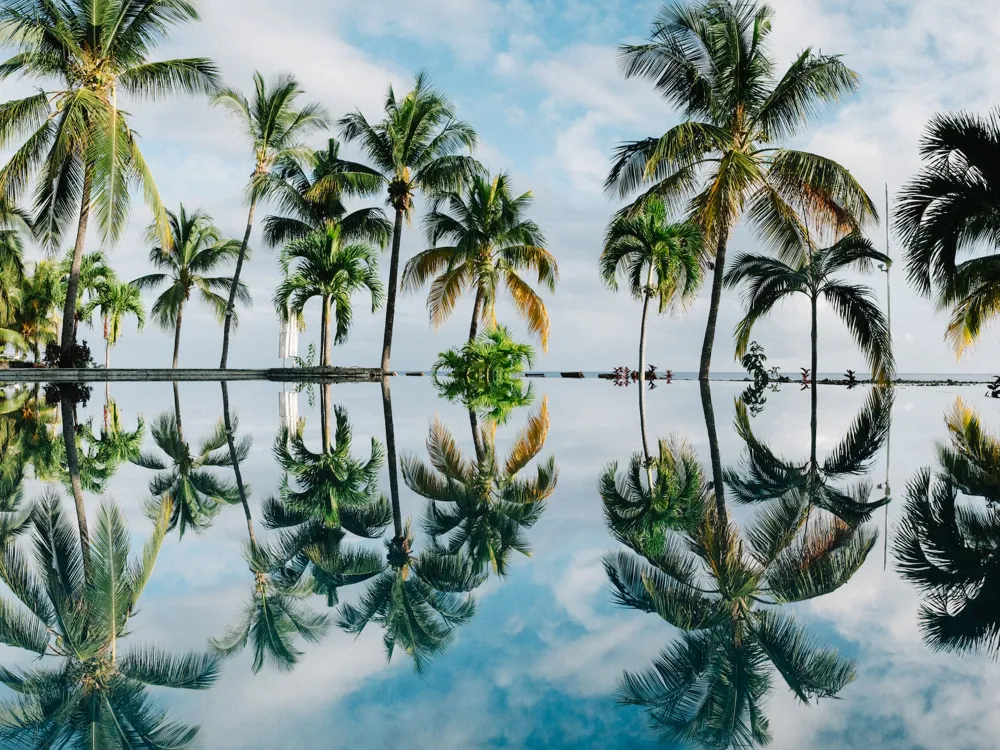
The Casela Nature Park, also known as Casela World of Adventures, is an amusement park and one of the most visited attractions in Mauritius. It is famous for activities like safari tours, ziplining, quad biking, tortoise feeding, pony ride, etc. It is situated in the Cascavelle, a Mauritian village on the island's west coast.
Casela Nature Park is also home to exotic animal species like the Java deer, Macaque monkeys, Wild Boars, Hares and Fruit bats and some indigenous plant species like Cassias, Ebony, Pink Pepper plants and Tamarind. The nature park is divided into 4 kingdoms -the Safari Kingdom for activities like quad biking, photo-safari, and specific big cat and giraffe areas; the Nature Kingdom, where the bird park and canopy can be found along with an animal show; Middle Kingdom has adrenaline activities like mud karting, and the Mountain Kingdom includes canyoning, zip-lining, wall climbing, etc
Read More
Catamaran Cruise Mauritius
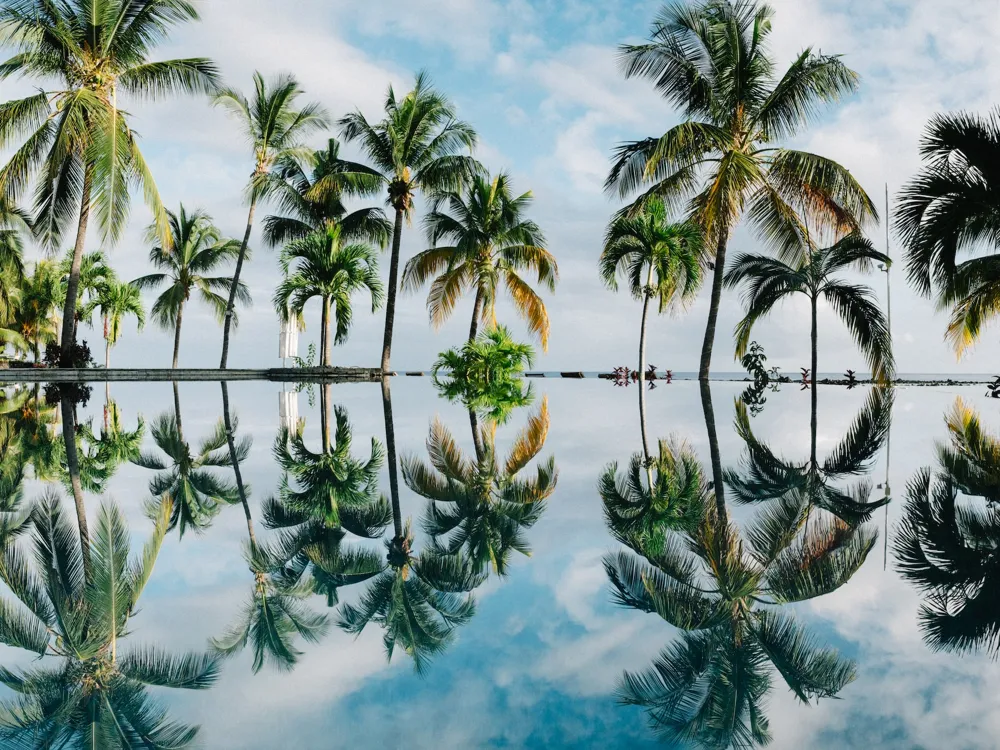
Catamaran Cruises are the most popular in Luxury Honeymoon destinations and Mauritius is one among them. Exploring the island nation by sailing onboard could be a different experience altogether. There are several day cruises and dinner cruises that sail across various destinations and coasts. The four major destinations covered by a Catamaran Cruise in Mauritius are - West coast, Gabriel Island, Ile Aux Cerfs and Flat Island.
Caverne Patate
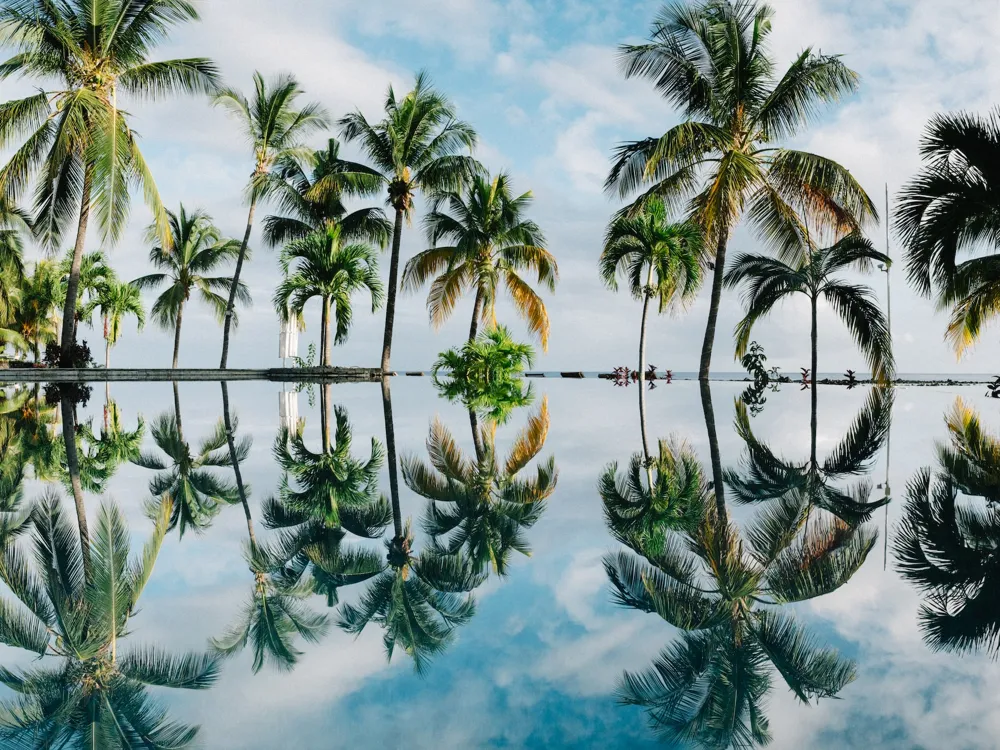
Being a volcanic island, Mauritius is home to several caves that are both accessible and inaccessible. One such cave that's accessible is now a popular tourist attraction by the name Cavern Patate. The cave is located on the Rodrigues island, off the main coast of Mauritius. Rodrigues island is home to quite a few caves and caverns which were used in the ancient times by pirates to hoard their treasure. Although the treasure are no longer there, the caves are one of the most intriguing places you can think of exploring.
Source
The Cave with an Intriguing Name
The most famous cave in Rodrigues is the Caverne Patate. Literally translating to 'Sweet Potato Cave (and no one can tell why this place got such a charming name), this cave system was discovered by farmers long back and is now famous as the longest limestone cave not just in Rodrigues, but in the entirety of Mauritius as well.
Source
The cave had been in existence for a very long amount of time, but it was only mapped as recently as 1995, putting the total tally of the length of passages inside the cave to well over 1100 metres, with the depth of the save going as far as 20 metres in some places. It was formed as a result of the standard tectonic movement and now stands as one of the most visited caves not just in Rodrigues, but across the entire country as well.
Inside the Cave
Mostly slippery and requiring some tricky manoeuvring in some places, the cave is incredibly fascinating, and the rows of stalactites and stalagmites inside the cave are a sight for sore eyes.
There is no artificial light inside the cave, so you will be given torches before entering the cave, and you will be accompanied by a guide for the entirety of your trip to the caves and back out.
Of course, tourists are allowed to go inside the cave on their own, without taking the help of a guide, but a guided tour is recommended if you're interested in knowing more about the cave and the various formations inside it (which apparently include a very curious formation that accurately resembles the shape of a dodo).
Source
The Caverne Patate is directly connected to the ocean, so certain parts of the cave are inaccessible as they have water in them. Nevertheless, the parts that are accessible are awe-inspiring, and if you're interested in visiting places that are as old as time itself, a visit to the Caverne Patate is a must for you.
Read More
Central Market, Mauritius
The Central Market is an indoor bazaar located at a walking distance from Port Louis Harbour. It had a major source of the local economy since Victorian times and underwent a complete renovation in 2004. underwent a complete renovation in 2004. The stone walls of the crossroads on which the Central Market stands have many stories to tell to its visitors that dates back to the Victorian era of 1839.
Source
Read More
Chamarel Waterfall
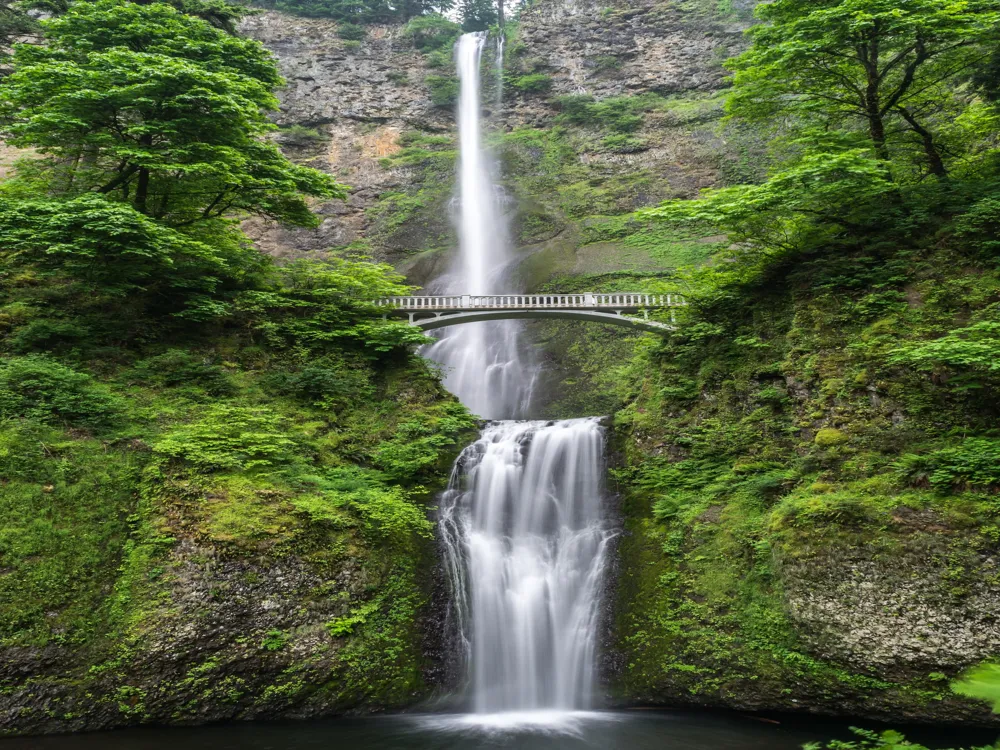
Chamarel Waterfalls in the highest waterfall in Mauritius dropping more than 200 feet located near Seven Colored Earth. Surrounded by the vegetation of Black River Gorges, it is simply spectacular. Hiking to the top of the waterfall and jumping into the clear pool below is the most popular activity here. There are two viewpoints that boast a vivid view of the waterfall. It is also a popular photography spot.
The Chamarel Falls is located in the middle of a beautiful canyon and has an easy trekking trail to its base. The trek takes 3-4 hours from a 6km tropical-forest-fringed canyon to Baie du Cap. Abseiling from the very top of the cliff face through the waterfall and down to the pool is also popular. During the summer, the waterfall divides itself into two or three thin trickles which never join until they reach the basin, but during the monsoon (or after heavy rain), the waterfall gushes down as one single mighty stream. The best way to visit Chamarel Waterfall is on a tour.
Read More
Champ de Mars Racecourse
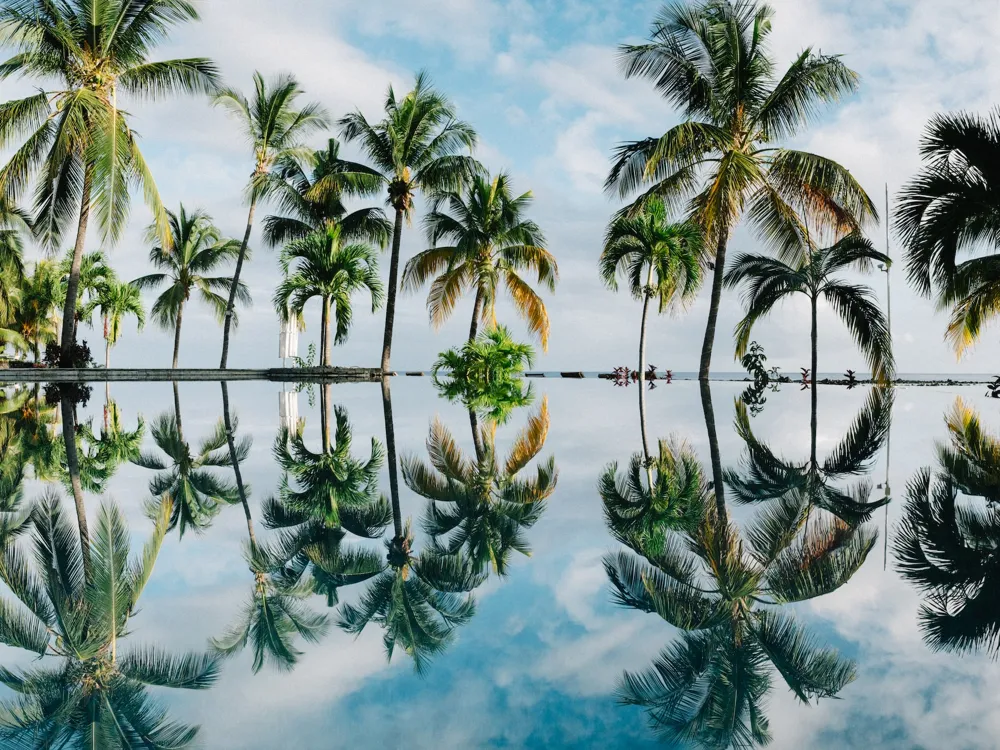
Mauritius is renowned all over the world for its beautiful beaches and its popularity as a tropical tourist haven, but there is so much more to the island than just its beaches and its shimmering coral lagoons. While most travellers today know of Mauritius' history of colonisation and the country's tryst with and renunciation from slavery (which forms an important aspect of the country's tourism), not many people are aware of a very niche subset of the tourist industry that Mauritius is very proud of ? Horse Racing. Ever since the colonial era, Horse Racing has been a prevalent sport with people from various walks of life, and the frenetic, vigorous atmosphere that you get to experience at a racecourse cannot compare to any other feeling in the world. Mauritius proudly boasts of being home to the second oldest racecourse in the world ? the Champ de Mars Race Course.
Source
The Frenzy of Horseracing at its Finest
Founded in the 1800s, the Champ de Mars Race Course in Port Louis stands as the second oldest racecourse in the entire world and has been witness to a historic moment for the country, with the declaration of independence being proclaimed right here in the racecourse in 1968. Before it was converted to a racecourse, the Champ de Mars was initially used as a training area by the French military. After the British took over control of the island from the French, the racecourse was constructed with an aim to encourage diverse cultural activities on the island.The racing season in Champ de Mars starts from April and continues till around the last week of November, with most races generally being scheduled on weekends. The highlight of the entire racing season is the Maiden Cup, which takes place in September, and is the most significant racing event in all of Mauritius. The Champ de Mars Race Course has an infrastructure that can rival some of the top racecourses across the globe, with the parade ring behind the grandstand being a sight for sore eyes.
Source
The Champ de Mars Race Course is managed and maintained by the Mauritius Turf Club, who not only decide the dates and timings of the races but the dress code for events as well. There are a variety of seating arrangements offered to visitors, including the grandstand, a plethora of seated galleries, as well as VIP rooms which are available only to members of the Mauritius Turf Club, and their family and relatives. Visitors are allowed to enter the grounds on days when there are no races as well, but there isn’t much to see apart from the parade ring and the actual racing track. On the days that competitions are held, there are a vast number of food and beverage stalls set up at various locations all over the premises, and you can enjoy a passionate race while savouring traditional Mauritian snacks and sipping on a chilled glass of beer.
Read More
Mauritius Travel Packages
View All Travel Packages Mauritius
Nearby Places Mauritius
Browse Package Collections
Browse Hotel Collections








